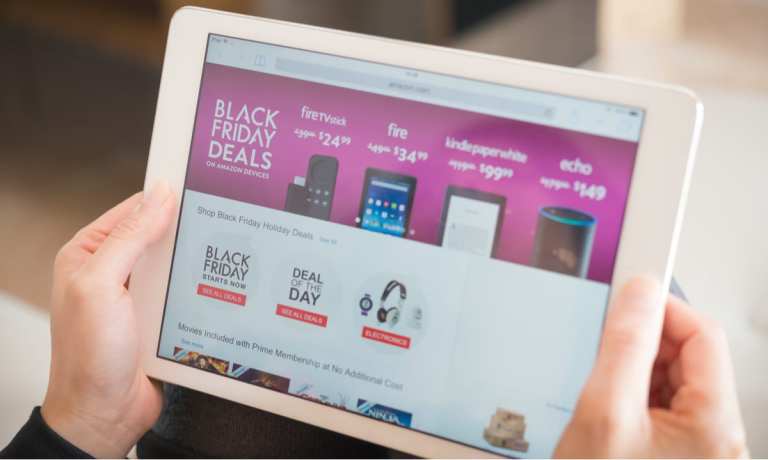
Recognize the names Jay Gould and Jim Fisk? These two Wall Street warlocks of yore were accused (and assuredly guilty) of some of the greatest stock swindles ever conceived.
They’re also part of the “Black Friday” origin story.
“The term ‘Black Friday’ was first used on Sept. 24, 1869, when [Gould and Fisk] drove up the price of gold and caused a crash that day. The stock market dropped 20 percent and foreign trade stopped. Farmers suffered a 50 percent dip in wheat and corn harvest value,” wrote Business Insider.
Odd that the term morphed over the decades to mean the crush of year-end gift-buying that moves businesses from the red and into the black — ink, that is — on the balance sheet.
As the term entered common parlance by the early 1990s, recent events now have many wondering if there’s any future for Black Friday super-sales. A summer headline from The Philadelphia Tribune declared: “Black Friday as we know it is finally dead.” And while the descriptor “dead” may be a bit strong just yet, Black Friday as an in-store foot-traffic generator is on life support.
As Scott Rankin, principal and national consumer and retail strategy leader with KPMG US, told the Tribune, “with everything that’s going on, there may be no Black Friday at all. I can’t imagine retailers buying inventory to stock up for an event designed to pack hundreds of people into a store. There are so many risks to that,” he said. “The only way Black Friday can be the annual shopping bonanza it has been for decades [is] if by some stroke of luck we have a vaccine and everyone gets it by Black Friday.”
Three Weeks of Black Friday Deals
The Black Friday question has been occupying the minds of executives across the spectrum for months, as eCommerce boomed, stores sat empty, the economy groaned and an election loomed — everything short of an asteroid strike has hobbled the idea of year-end sales holidays.
As reported in September, “PYMNTS research has found that consumers believe they’ll be dealing with COVID-19 aftershocks through 2021 and possibly beyond. Such reports have merchants scrambling to replace in-store Black Friday purchases by creating more than just a one-day sales event and shifting the whole thing online.”
Amazon went its own way, as some expected, starting Black Friday sales on Oct. 26. PYMNTS reported that, “according to Tamebay, an Amazon seller news site, Amazon Early Black Friday Deals will start and run through Nov. 19. There will be three weeks of Amazon Early Black Friday Deals with different products on special offer each week. The traditional ‘Black Friday’ falls on Nov. 27 this year; Cyber Monday is Nov. 30.”
“This means that Amazon will pretty much have sales events running for two entire months,” Tamebay said.
This adds to a growing sense that a Black Friday centered on circumscribed dates is a thing of the past – at least as it relates to crowds forming outside stores at 4 a.m. the day after Thanksgiving.
Agile Responses to Consumer Expectations
Changing the date ranges of made-up commercial holidays feels like sacrilege to some, but in fact, it may be just what the doctor ordered for the 2020 retail recovery.
On the topic, Forbes recently reported that “formulating an agile response to changing demands will be key for successful holiday selling. The unpredictable consumer demand shifts since March of this year have made it difficult for retailers to plan inventories accurately, leaving most to enter the holiday season with lower inventory levels than in previous years. In the end, retailers could benefit from higher gross margins, but may miss sales opportunities if there are too many out-of-stock products. An early start to the season allows retailers to respond and react to current buying trends.”
Considering the widely held sentiment that Black Friday pricing has essentially been in effect since April, this is the year that the concept will be stretched and shaped into something else.
As EDITED Chief Revenue Officer Joe Aleardi recently told PYMNTS, “Every day is Black Friday. I think that when you combine that with some historical data from the global financial crisis, you see what can happen when retailers discount aggressively. That crisis led to consumer behavior that avoided paying full price. This factor could push retailers to reset consumer expectations this holiday season.”